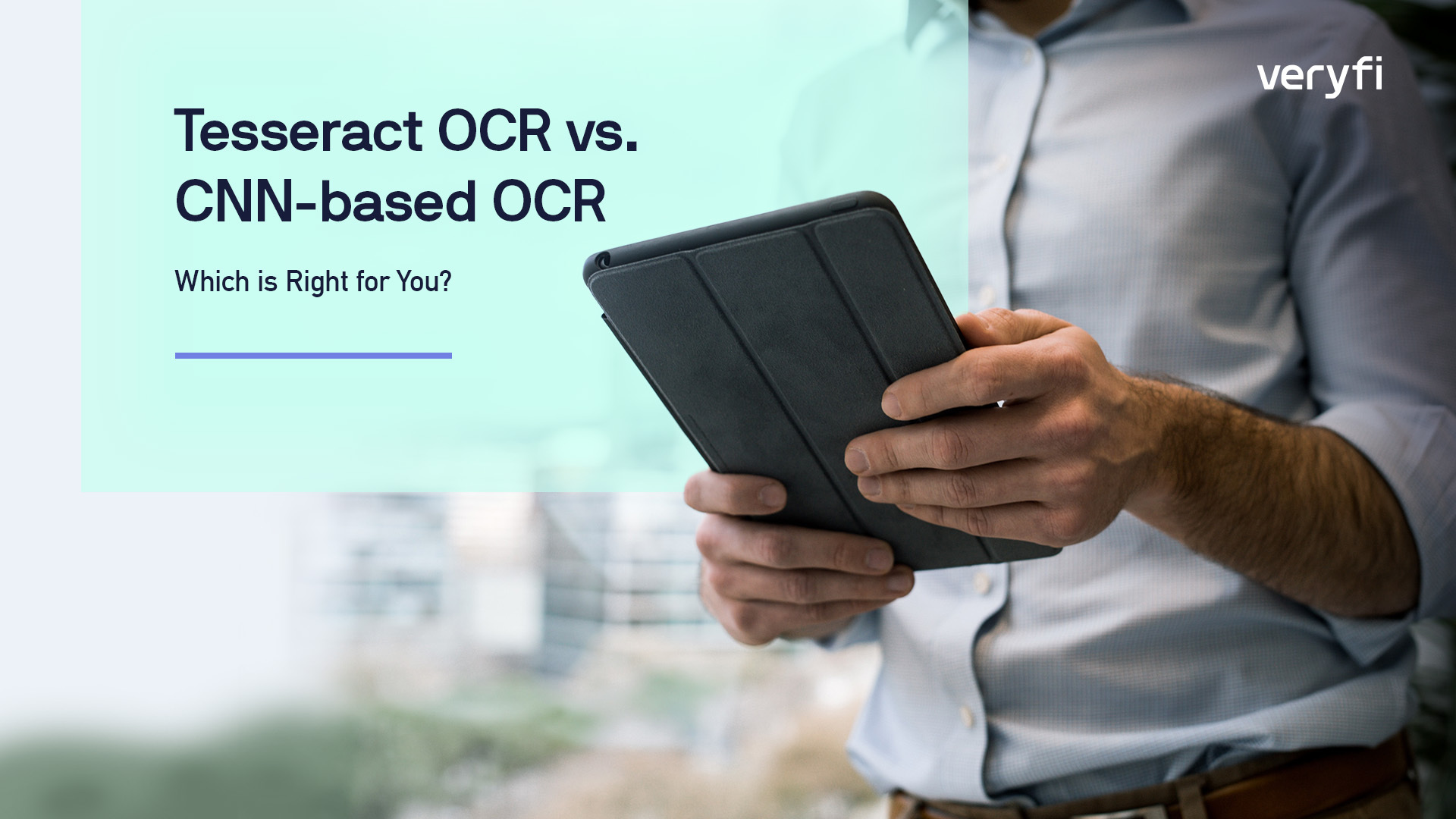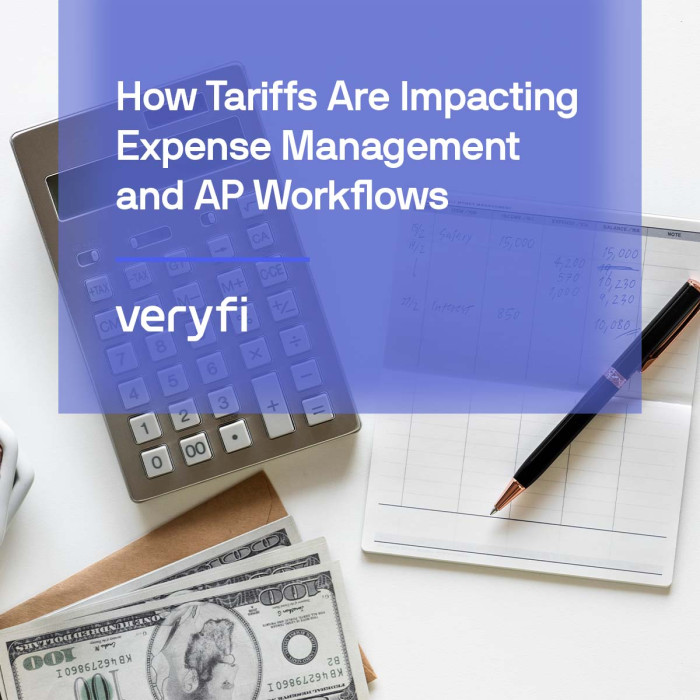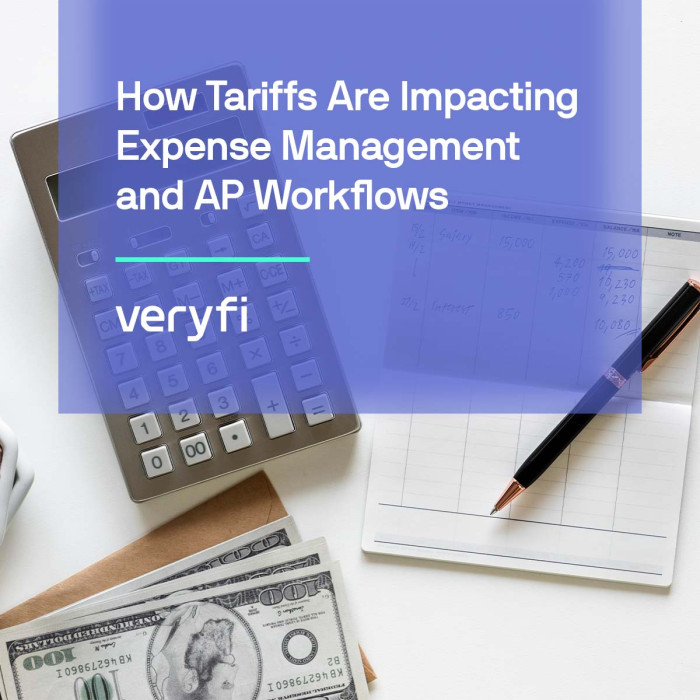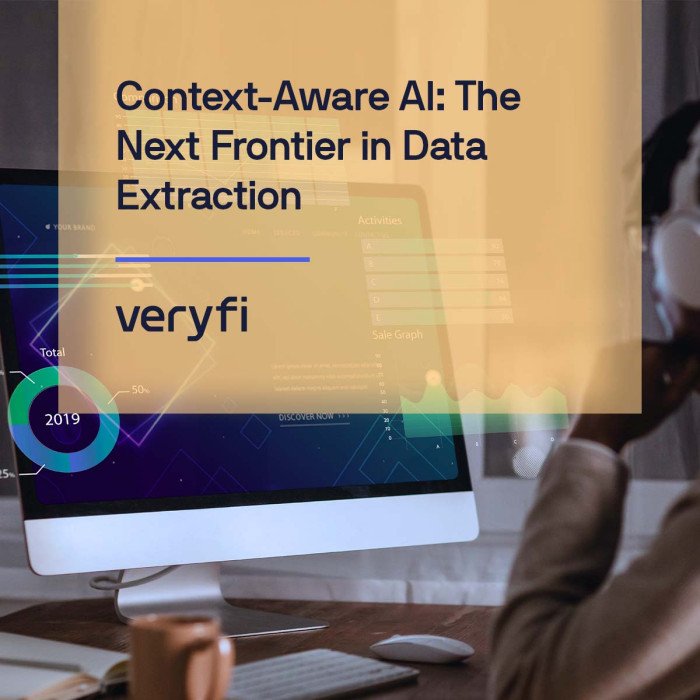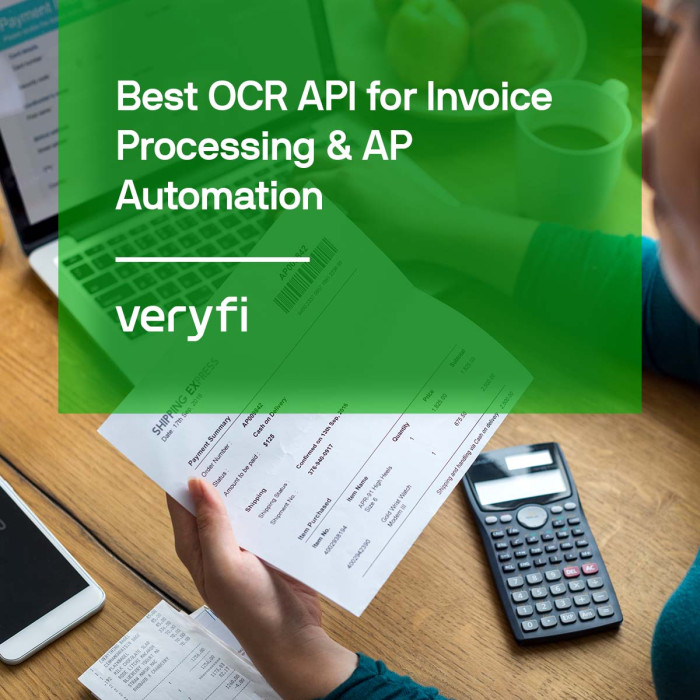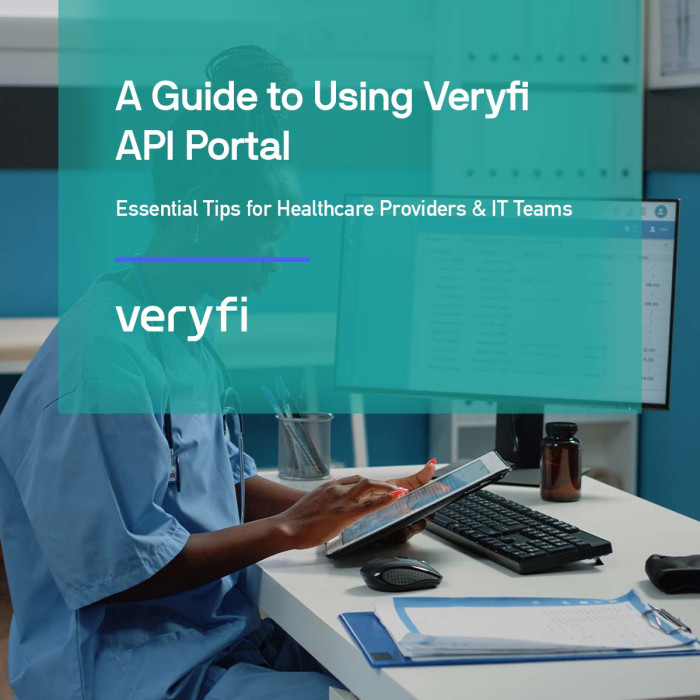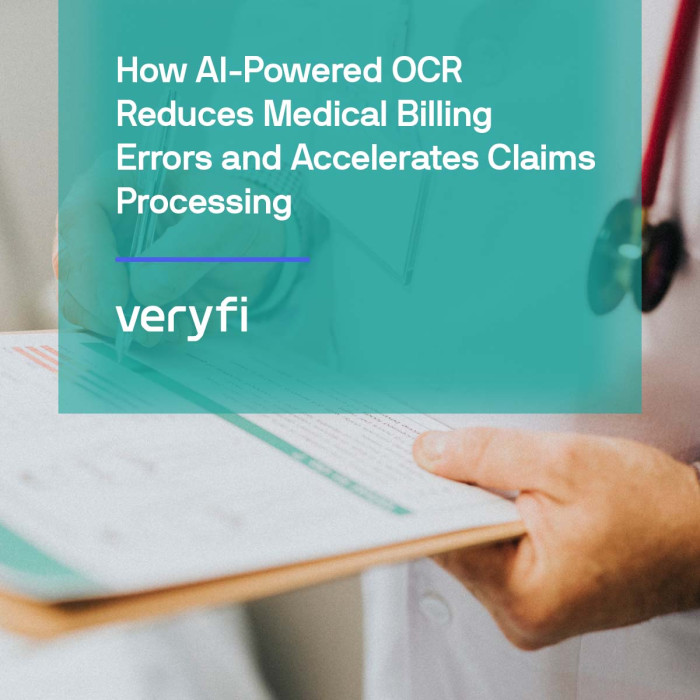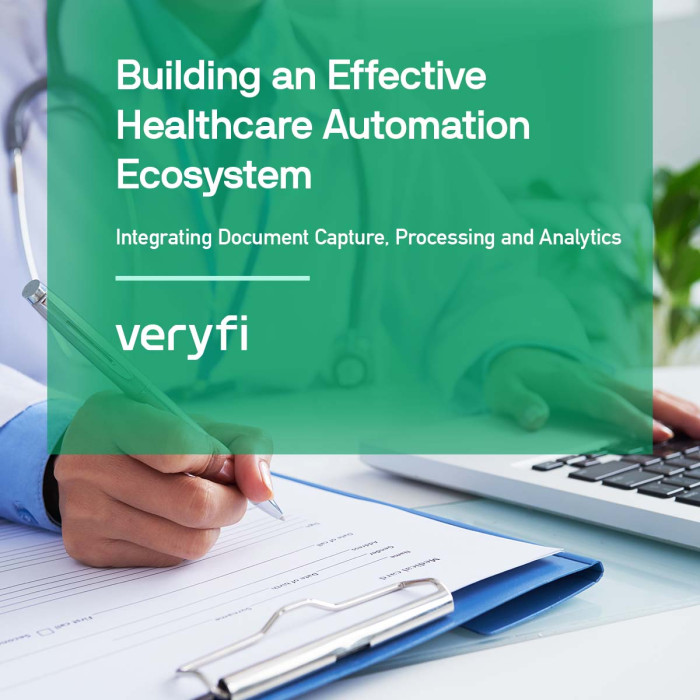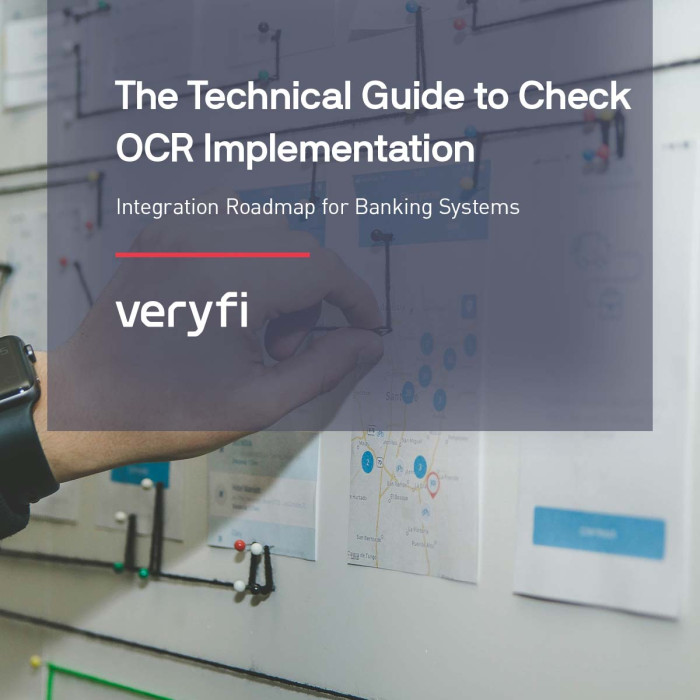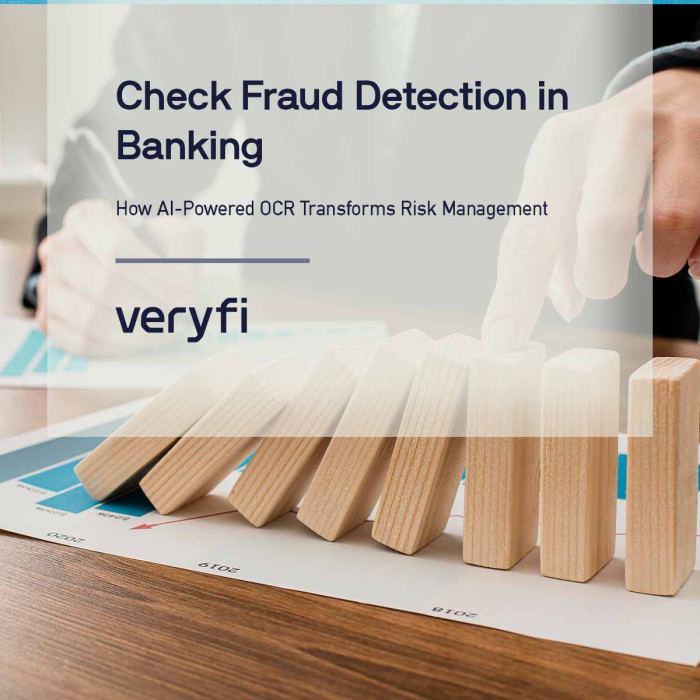Optical Character Recognition (OCR) converts scanned images of printed text into machine-readable text. It has revolutionized the way we digitize and process textual data, finding applications in document scanning, data extraction, translation, and accessibility across various industries, including finance, healthcare, and education. Two OCR methods that have gained popularity in recent years are Tesseract OCR and OCR using Convolutional Neural Networks (CNN). This article compares these two OCR solutions, helping you decide which is best suited for your needs.
Tesseract OCR: An Open-Source OCR Engine
What is Tesseract OCR?
Initially released in 2006, Tesseract OCR is an open-source OCR engine developed by Google. It is designed to recognize and extract printed text from various languages and scripts with high accuracy. Tesseract has undergone several updates and improvements since its first release, with the latest version, Tesseract 4.0, integrating Long Short-Term Memory (LSTM) networks, a type of Recurrent Neural Network (RNN), to enhance its text recognition capabilities.
Pros and Cons of Tesseract OCR
Pros of Tesseract OCR:
- Open-source and free: Tesseract OCR is available for everyone, making it an ideal choice for those looking for a cost-effective OCR solution.
- Support for multiple languages: Tesseract OCR supports over 100 languages, including multiple scripts such as Latin, Cyrillic, and Chinese.
- Active development and community support: With continued development and an active community, Tesseract OCR benefits from regular updates and improvements.
Cons of Tesseract OCR:
- Limited accuracy in complex documents: Tesseract OCR may struggle with complex documents containing multiple fonts, sizes, and layouts.
- Requires image pre-processing: To achieve optimal results, images must be pre-processed, such as binarization, noise removal, and skew correction.
OCR using CNN: A Deep Learning Approach
What is OCR using CNN?
Convolutional Neural Networks (CNNs) are a type of deep learning model that is highly effective in image recognition tasks. OCR solutions that leverage CNNs can learn and generalize features from input images, making them capable of handling a wide range of text recognition scenarios. Unlike Tesseract OCR, which relies on rule-based methods and LSTM networks, OCR using CNNs can adapt to various fonts, sizes, and layouts with higher accuracy.
Pros and Cons of OCR using CNN
Pros of OCR using CNN:
- 1. Higher accuracy: CNN-based OCR solutions can achieve higher accuracy, especially when dealing with complex documents or low-quality images.
- 2. Robustness to variations: CNNs can recognize text in different fonts, sizes, and layouts, making them more versatile than rule-based OCR solutions.
- 3. Continuous learning: As a deep learning model, a CNN-based OCR system can continually improve its performance as more data becomes available.
Cons of OCR using CNN:
- 1. Computational resources: Training a CNN-based OCR model requires significant computational resources, making it less accessible for users with limited hardware.
- 2. Longer setup time: Developing a CNN-based OCR solution requires more time for training and fine-tuning the model.3. Data dependency: The performance of a CNN-based OCR system is highly dependent on the quality and diversity of the training data.
Making the Right Choice for Your OCR Needs
Both Tesseract OCR and OCR using CNNs have their strengths and weaknesses. Tesseract OCR is an excellent choice if you’re looking for a free, open-source OCR solution that supports multiple languages and has an active community. However, if you require higher accuracy and robustness for complex documents or varying text styles, a CNN-based OCR solution may be more suitable.
Ultimately, the choice between Tesseract OCR and OCR using CNNs depends on your specific use case, resources, and requirements. By understanding the pros and cons of each OCR method, you can make an informed decision and choose the OCR solution that best fits your needs. If you’d like to see how Veryfi OCR using CNN performs against your documents, give our free web demo a try. Or, if you’re ready to take a closer look, sign up for a free account.
